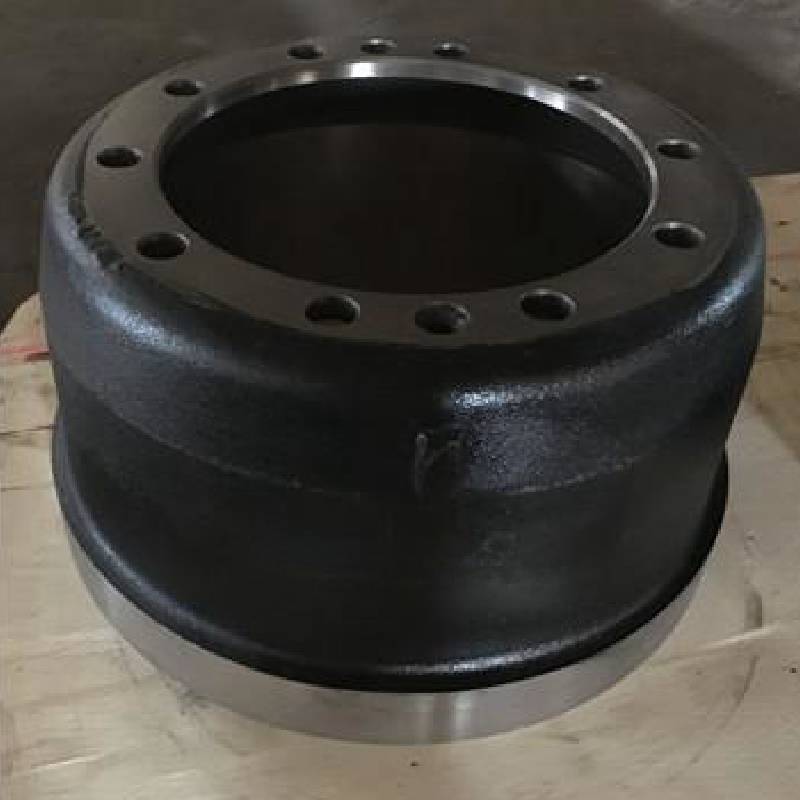Dec . 04, 2024 04:58 Back to list
Optimizing Brake Drum Installation Techniques for Enhanced Vehicle Performance and Safety
Understanding Brake Drum Setup A Comprehensive Guide
When it comes to vehicle safety and performance, the brake system is paramount. One essential component of this system is the brake drum, which plays a crucial role in stopping your vehicle effectively. This article will delve into the importance of brake drum setup, the components involved, and the steps required to ensure optimal functioning.
What is a Brake Drum?
A brake drum is a cylindrical component that houses the brake shoes. It is part of the drum brake system, which relies on friction produced when the brake shoes are pressed against the inner surface of the drum to slow down or stop the vehicle. The design and materials used in the brake drum contribute significantly to its performance and durability.
Importance of Proper Brake Drum Setup
The correct setup of brake drums is critical for several reasons
1. Safety The primary function of the brakes is to stop the vehicle safely. A properly installed and maintained brake drum system ensures consistent braking performance, reducing the risk of accidents.
2. Efficiency A well-setup brake drum system enhances the efficiency of the braking process. It allows for smoother deceleration, better response time, and less wear on other braking components.
3. Longevity Proper setup and maintenance can extend the lifespan of not only the brake drums but also the brake shoes and other related components. This minimizes the need for frequent replacements and can lead to substantial cost savings over time.
Components of a Brake Drum Setup
A typical brake drum setup includes several key components
- Brake Drum The outer shell that rotates with the wheel and creates friction with the brake shoes. - Brake Shoes Curved components that press against the drum to create the necessary friction for stopping the vehicle.
brake drum setup

- Wheel Cylinder A hydraulic component that pushes the brake shoes outward against the drum when the brakes are applied.
- Spring Assembly Springs that help retract the brake shoes when the brakes are released, ensuring that they do not constantly contact the drum.
Steps for Proper Brake Drum Setup
Setting up brake drums correctly involves several important steps
1. Inspection Before beginning any installation, inspect the brake drums for signs of wear, scoring, or damage. Any compromised component must be replaced.
2. Cleaning Ensure that the brake drum and shoes are clean. Remove any dust, grease, or debris that may interfere with braking performance.
3. Adjustment Adjust the brake shoes to the appropriate distance from the drum. This is typically done using a star wheel adjuster, and the goal is to achieve a slight drag on the shoes when the drum is rotated by hand.
4. Component Installation Carefully install the brake shoes, wheel cylinder, and spring assembly according to the manufacturer's specifications. Ensure all components are securely in place.
5. Testing Once the setup is complete, it is crucial to test the brakes. This involves a careful road test to ensure proper function and the absence of any unusual sounds or behaviors.
Conclusion
A well-executed brake drum setup is vital for vehicle safety and performance. By understanding the components involved and following proper installation procedures, vehicle owners can ensure their braking system operates efficiently and effectively. Regular maintenance and checks of the brake system will not only enhance performance but also contribute to a safer driving experience.
-
High-Quality Brake Drum MAZ – Durable Drum Brake Drum & Brake Drum and Brake Shoe Solutions
NewsJul.04,2025
-
Brake Drum Man - High-Quality Drum Brake Drums & Brake Shoes for Reliable Performance
NewsJun.24,2025
-
High-Quality Brake Drum Kamaz – Durable Drum Brake Drum & Brake Shoe Replacement
NewsJun.10,2025
-
High-Quality Brake Drum Liza for Drum Brake Systems - Superior Durability and Performance
NewsJun.10,2025
-
High-Quality Brake Drum Kamaz – Durable Drum Brake Drum & Brake Shoe Solutions
NewsJun.10,2025
-
Durable Kamaz Brake Drums High-Performance Truck Parts
NewsJun.09,2025
